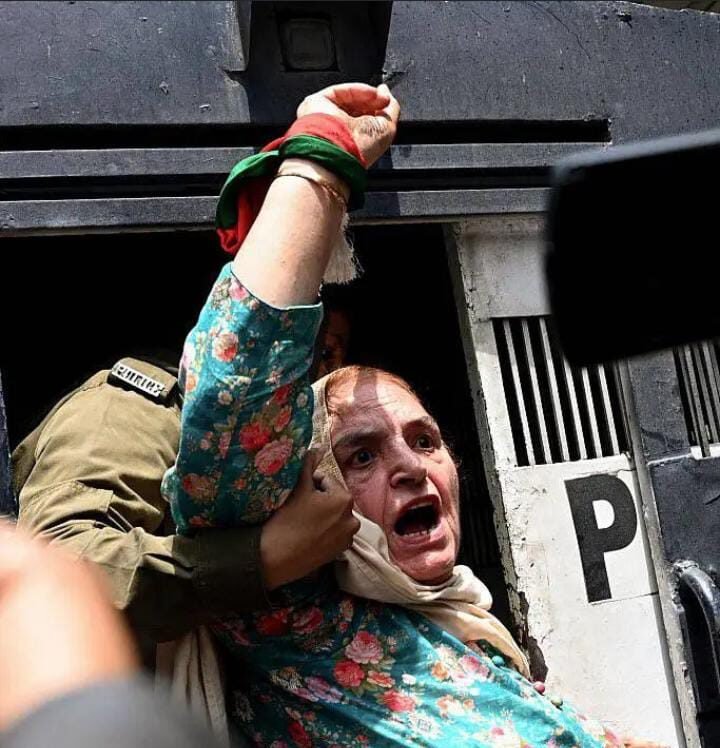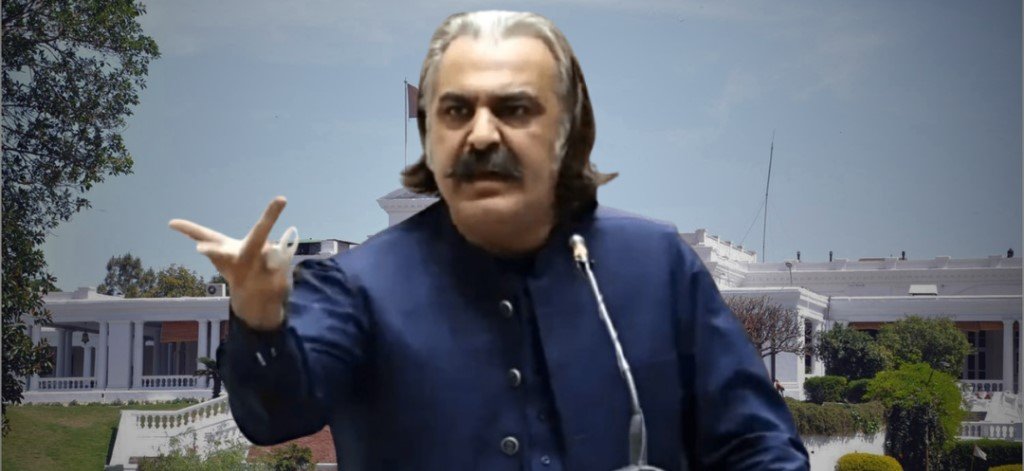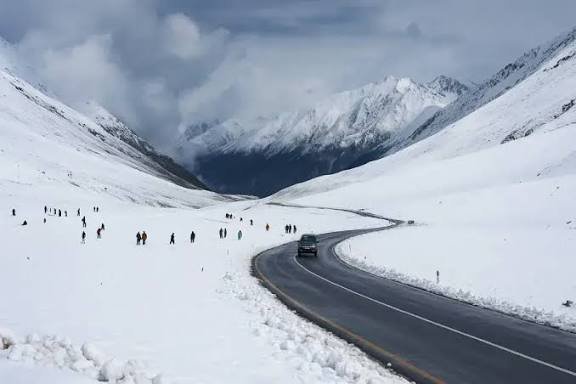Emergence of the “Free Imran Khan” Movement
- In mid‑July 2025, PTI initiated an informal national campaign dubbed “Free Imran Khan”, with February 2023 mass protests and street mobilization as precedents Nationwide Protests Demand Imran Khan’s Release
- The campaign was officially slated to intensify around August 5, 2025, which marks the second anniversary of Khan’s incarceration. The launch rally in Lahore was led by PTI’s Khyber Pakhtunkhwa Chief Minister Ali Amin Gandapur, who emphasized the city’s strategic significance in mobilizing nationwide protests
- Lahore’s demonstration reportedly faced a police crackdown, leading to at least 20 PTI workers’ arrests, though the police denied targeting any group
Scale and Spread of Protests
- Protests have erupted across major cities including Lahore, Karachi, Islamabad, Rawalpindi, Peshawar, Mardan, Multan, Faisalabad, Gujranwala, Sargodha, Quetta, and others
- Demonstrations range from peaceful rallies and sit-ins chanting “Release Imran Khan” to disruptive road blockades, tyre-burnings, and slogans such as “Shut Down Pakistan”
- In Lahore, protesters obstructed Liberty Chowk, Canal Road, Akbar Chowk, Peco Road, and surrounding areas near the Corps Commander House. In Karachi, PTI supporters blocked Shahrah‑e‑Faisal, the city’s busiest artery
- In Peshawar and Khyber Pakhtunkhwa, Zartaj Gul Wazir led local protest actions that halted traffic and coordinated demonstrations
Government Response & Crackdown
- Authorities responded by deploying the army, paramilitary forces, and police, particularly in PTI strongholds of Punjab and Khyber Pakhtunkhwa, and in the federal capital region
- Security forces employed tear gas, water cannons, and live ammunition in some disturbances. In major cities like Lahore and Karachi, demonstrators clashed intensely with police
- Internet and mobile data services were routinely suspended or restricted in several provinces to curb communication among protestors—particularly ahead of major demonstrations

Casualties, Arrests & Legal Actions
- During the landmark May 9, 2023 riots, sparked after Khan’s arrest, official tallies show roughly 8–12 deaths and property damage valued at nearly PKR 1.98 billion (~USD 10 million) due to attacks on military and state installations. Approximately 3,200 people were arrested, many tried in military courts under anti‑terror statutes READ NEXT https://elevenpakistan.com/pakistans-naval-chief-turkeys-legion-of-merit/
- In more recent waves, at least 20 PTI supporters were arrested in Lahore during the July‑August protests; earlier, dozens more were detained nationwide
- In late July 2025, authorities convicted 108 PTI figures, including senior parliamentarians like Omar Ayub Khan and Shibli Faraz, sentencing many to 10-year jail terms in connection with the 2023 protests. An additional group faced 1–3 year sentences, while 77 individuals were acquitted due to lack of evidence. These verdicts triggered plans for renewed protests on August 5, emphasise PTI
Imran Khan’s Status & PTI Strategy
- Despite being in Adiala Jail (Rawalpindi) since August 2023, Khan continues to shape political strategy. From prison, he remains a galvanizing figure—mobilizing support through a robust digital network and PTI’s wide grassroots presence. He frequently accuses Army Chief Asim Munir and the military establishment of orchestrating politically motivated charges against him
- PTI leaders across provinces continue to articulate three core demands:
- Immediate release of Imran Khan
- Release of political prisoners
- Formation of judicial commissions to probe alleged rigging (including May 9, 2023, riots and November 2024 protests) x
Impact & Wider Implications
- The protests signify deepening political polarization. PTI—despite winning the most seats in the February 2024 elections—is excluded from power and thus turning to street politics as its main outlet
- Analysts warn that the government’s approach—arrests of PTI leaders, trials in military courts, and internet blackouts—is eroding democratic norms and exacerbating instability.
- Observers see Pakistan’s political arena increasingly dominated by a two‑pronged struggle between Imran Khan’s popular base and the military‑backed establishment represented by Chief Asim Munir, with critical implications for the country’s democratic trajectory and international credibility
In Summary
The ongoing protests across Pakistan reflect sustained opposition to the imprisonment of Imran Khan, with PTI mobilizing at a national level through mass rallies and digital platforms. The state has responded forcefully—citing threats to security and democracy—with widespread arrests, communication restrictions, and judicial measures often routed through military courts. As the protest campaign reaches key dates like August 5, 2025, the confrontation between PTI and the ruling establishment appears poised to escalate further.
READ MORE



